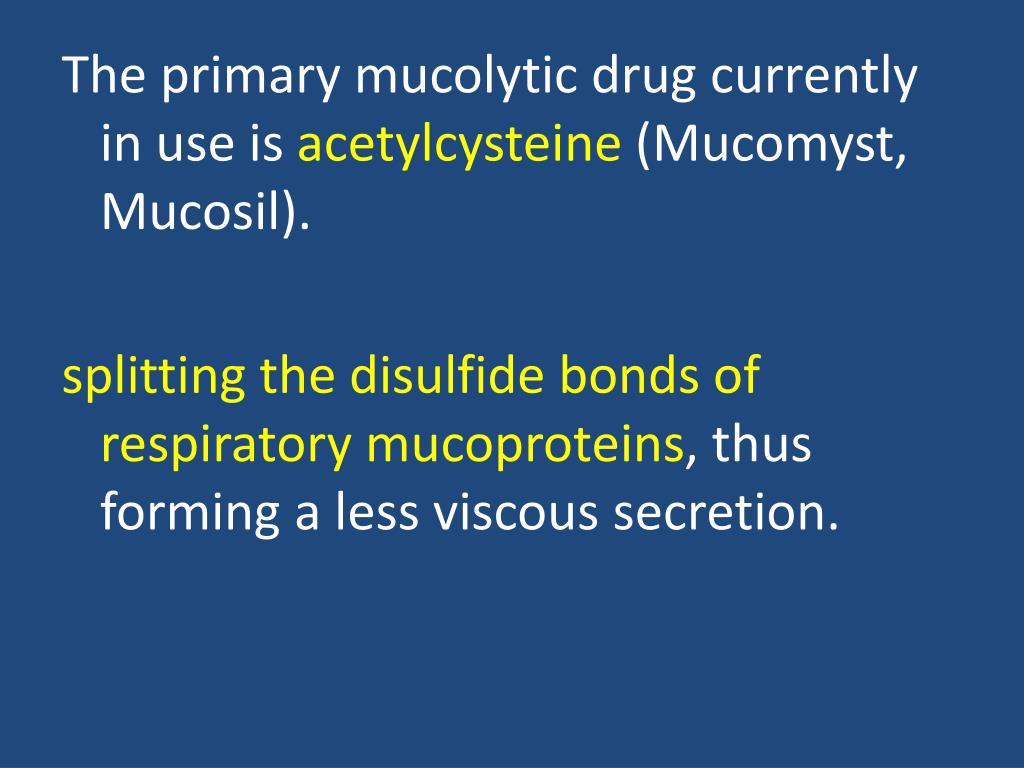
Treatment may be continued using the same dose and rate as the 3rd infusion depending on the individual clinical evaluation. Drug interactions of clinical significance have been observed with paracetamol, glutathione and anticancer agents.Adult: 21-hour regimen: Initially, 150 mg/kg in 200 mL of diluent via infusion over 1 hour, followed by 50 mg/kg in 500 mL of diluent infused over the next 4 hours and then 100 mg/kg in 1,000 mL of diluent infused over the next 16 hours. Biochemical and haematological adverse effects are observed but are not clinically relevant. Frequently reported side effects are nausea, vomiting and diarrhoea. The major excretory product is inorganic sulphate. Little is known of the metabolism of this agent, although it is believed to be rapidly metabolised and incorporated on to proteins. Following oral administration, reduced N-acetylcysteine has a terminal half-life of 6.25h.

Renal clearance has been reported as 0.190 to 0.211 L/h/kg and approximately 70% of the total body clearance is nonrenal. Pharmacokinetic information is not available as to whether or not N-acetylcysteine crosses the blood-brain barrier or placenta, or into breast milk.

The volume of distribution ranges from 0.33 to 0.47 L/kg and protein binding is significant, reaching approximately 50% 4 hours after the dose. Information on absorption in the presence of food or other drugs is not available. Although the data are conflicting, it appears that the administration of charcoal may interfere with drug absorption, with up to 96% of the drug adsorbed on to the charcoal. After an oral dose of N-acetylcysteine 200 to 400 mg the peak plasma concentration of 0.35 to 4 mg/L is achieved within 1 to 2 hours.

It is also used as an antidote to paracetamol (acetaminophen) poisoning and found to be effective for the prevention of cardiotoxicity by doxorubicin and haemorrhagic cystitis from oxazaphosphorines. N-Acetylcysteine is useful as a mucolytic agent for treatment of chronic bronchitis and other pulmonary diseases complicated by the production of viscous mucus.


 0 kommentar(er)
0 kommentar(er)
